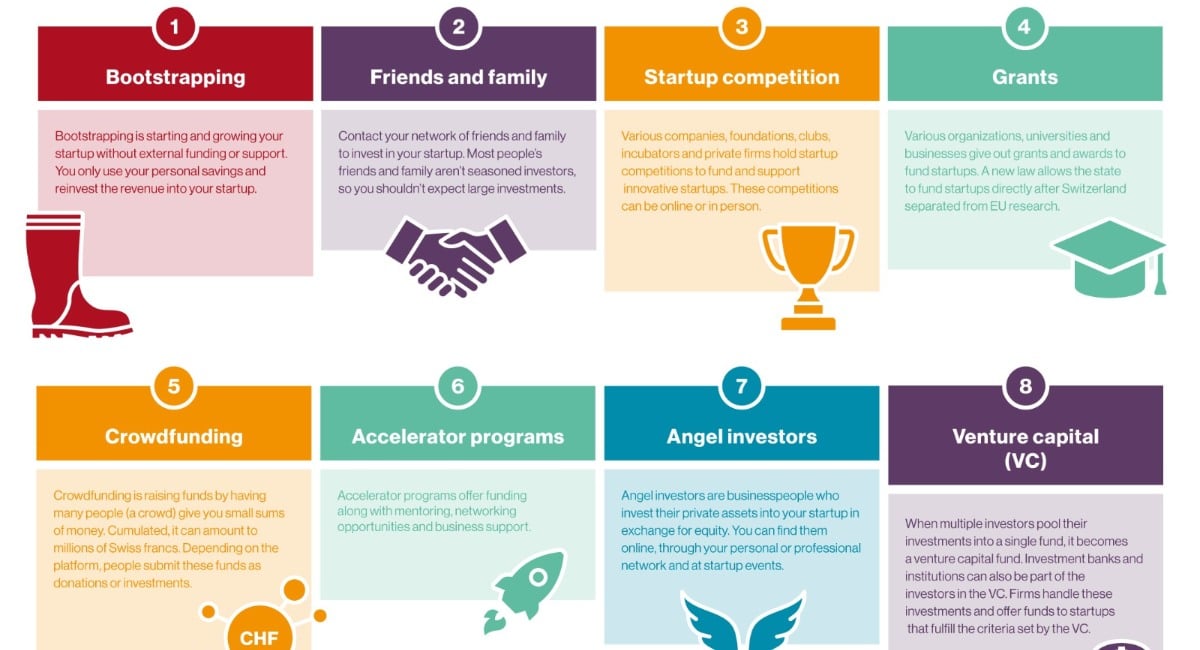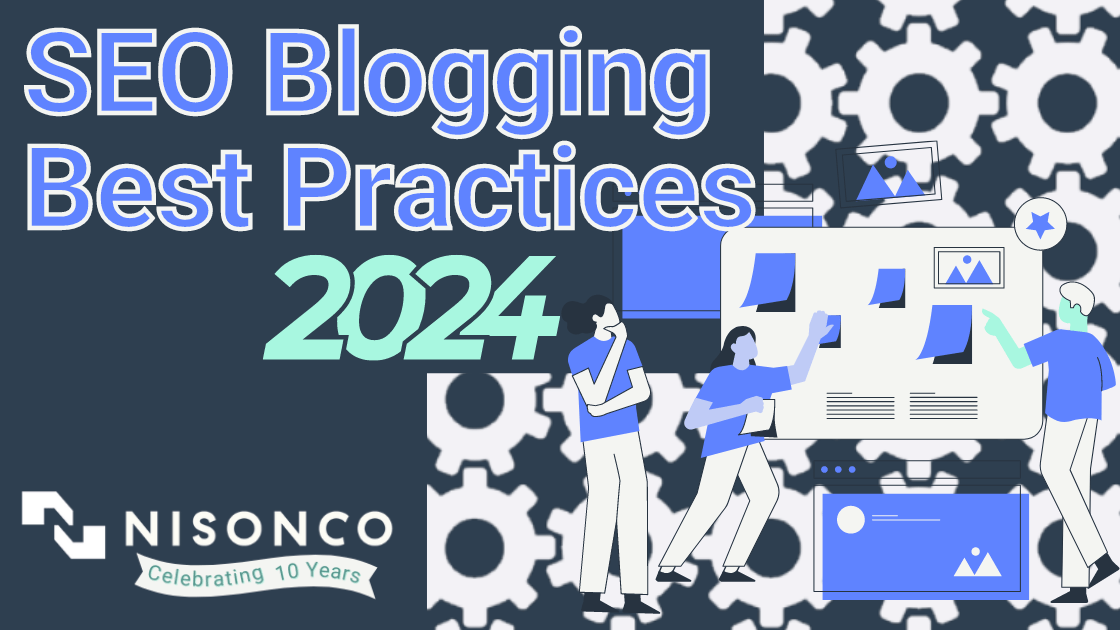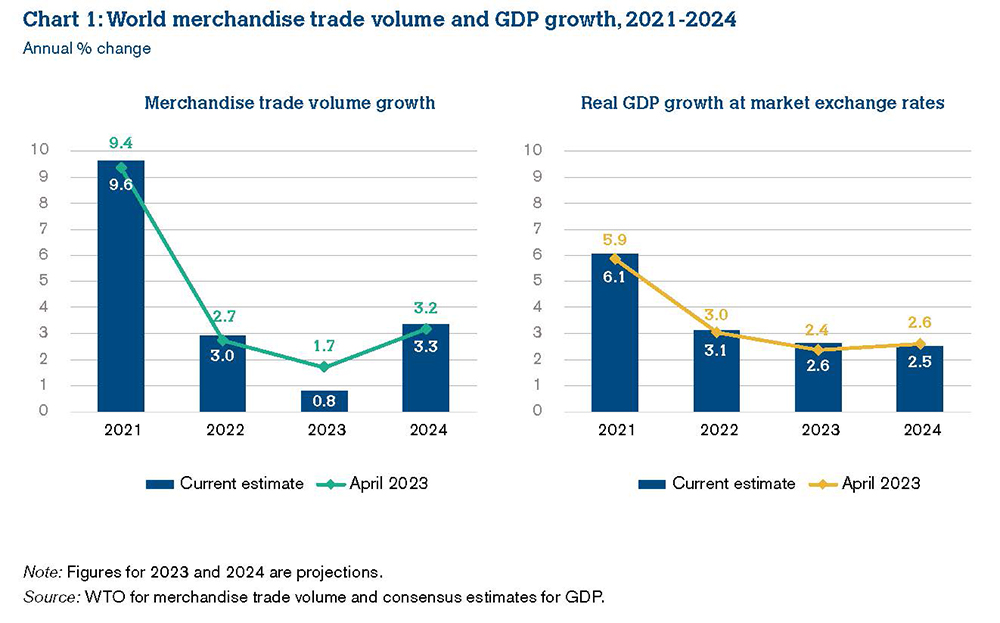
Ignite Your Growth: Exploring Startup Funding Opportunities

Ignite Your Growth: Exploring Startup Funding Opportunities
Launching a startup requires not just a groundbreaking idea but also sufficient capital to turn that idea into reality. Discover the diverse landscape of startup funding opportunities, each presenting a unique avenue for entrepreneurs to secure the financial support needed for their ventures.
Venture Capital Investments: Fueling Innovation
One of the most common routes for startup funding is through venture capital investments. Venture capitalists are keen on identifying innovative ideas with high growth potential. Entrepreneurs seeking venture capital should be prepared to present a solid business plan, demonstrate market scalability, and articulate a clear vision for their startup. The infusion of capital from venture capitalists often comes with mentorship and strategic guidance.
Angel Investors: Personalized Support for Startups
Angel investors, often successful entrepreneurs themselves, provide financial backing to startups in exchange for equity. What sets angel investors apart is their willingness to offer personalized support beyond just funding. These individuals bring their industry experience, networks, and expertise to the table, acting as mentors to the startups they invest in. Establishing a strong rapport with angel investors can be instrumental for long-term success.
Crowdfunding Platforms: Tapping into the Collective
In recent years, crowdfunding platforms have emerged as a democratized way for startups to raise capital. Platforms like Kickstarter and Indiegogo allow entrepreneurs to present their ideas directly to the public, who can contribute varying amounts of money. This not only provides funding but also serves as a market validation tool, gauging public interest in the product or service.
Government Grants and Subsidies: Support for Innovation
Many governments offer grants and subsidies to foster innovation and economic development. Entrepreneurs exploring startup funding opportunities should research local and national programs that align with their industry. These grants often come with specific criteria and guidelines, emphasizing the importance of aligning the startup’s objectives with the goals of the grant program.
Bank Loans and Traditional Financing: Tried and True
For entrepreneurs who prefer a more traditional route, securing a bank loan is a viable option. While it may require collateral and a solid credit history, a bank loan provides a straightforward financing solution. Startups with a proven track record and a clear repayment plan may find this route beneficial, especially when looking for more substantial funding.
Corporate Partnerships: Collaboration for Growth
Establishing partnerships with established corporations can bring not only funding but also valuable resources and market access. Large corporations may invest in startups through strategic partnerships, joint ventures, or direct investments. These collaborations can open doors to distribution channels, mentorship, and a broader customer base.
Small Business Grants and Competitions: Showcasing Potential
Various organizations and institutions host startup competitions and offer small business grants. These opportunities provide startups with a platform to showcase their potential and gain visibility in the entrepreneurial ecosystem. Winning or being recognized in such competitions not only brings financial rewards but also attracts attention from potential investors.
Private Equity Funding: A Strategic Investment Approach
Private equity firms, like venture capital, invest in private














